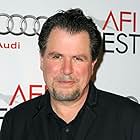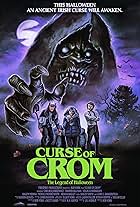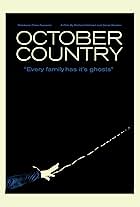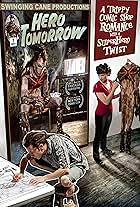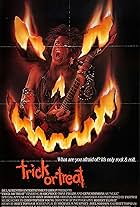A travelogue of spook houses was a foolish project to undertake. A spook house is a simulation of a movie, and who wants to see a movie simulate the simulation? In any case, it can't be done, there's no there there. A spook house is a fake: it uses darkness, suggestion, and sudden jumps to make you think you're getting what it lacks the resources to provide. Trying to photograph it is like trying to photograph your uncle pretending to be the boogey man.
The cameraman for this film must have recognized the impossibility of his task, or fallen before it, because he doesn't try to give even a hint of what the experience is like: the camera is constantly bobbing and weaving, zooming in on costume and make-up that wasn't meant to be seen up close. And as if that weren't enough, the spook house scenes aren't enough to fill the running time, so they're interlarded with little lectures on Halloween, horror movies, etc., telling things that anyone who would have an interest in this movie would already know. Most tedious of all is the fans' celebration of themselves, as in an impersonation of a 50s TV horror host, which is much less enjoyable than the worst of the originals.
To my mind the spook house is a great unrecognized and untapped art form. And it will probably remain forever untapped because its audience doesn't want it to be more than it is. However, as it happens, a European artist did once create a high-culture version, sans zombies and chainsaws: an installation simulating an abandoned, partly ruined house where some rooms contained vaguely disturbing evidences of the former occupants, if one looked. Had actual ghosts been added--after the Japanese fashion, say--this would have been the first flowering of the spook house form. But that will have to wait for another day.









